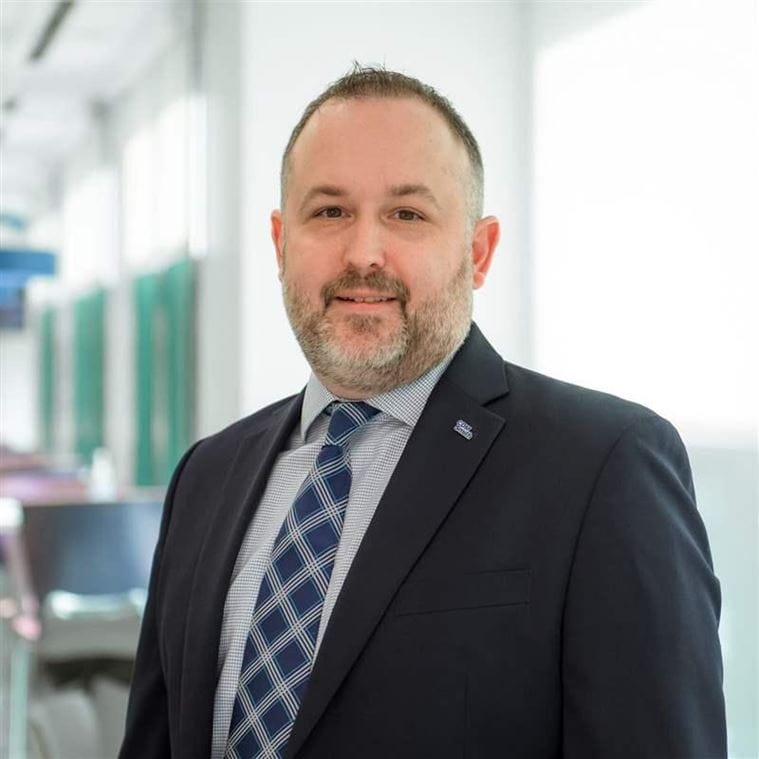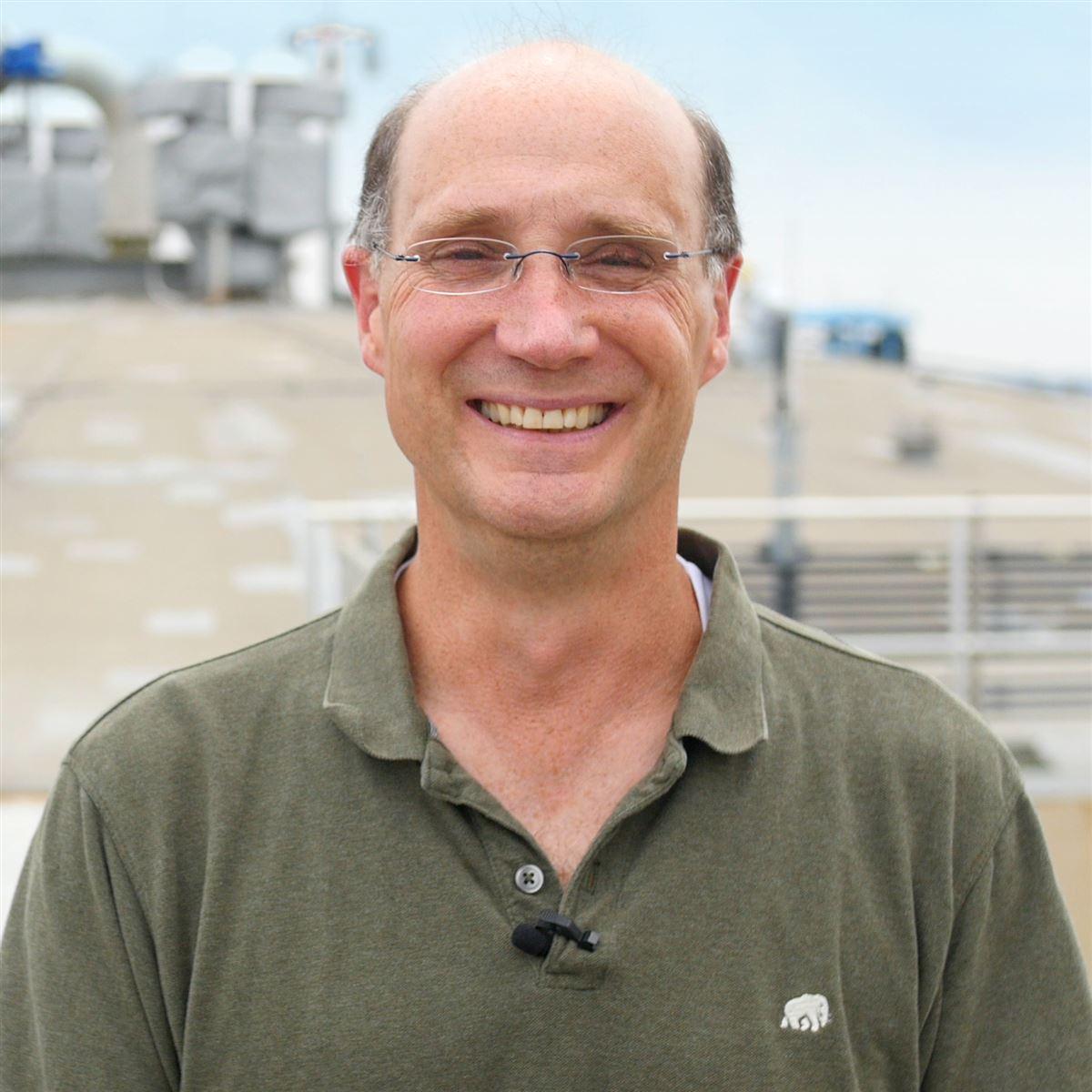Moving Toward Microgrids
A distributed energy system can provide great opportunities for a municipal district looking to take advantage of a community’s nearby resources. Such a system adopts either a central plant or “microgrid” concept to leverage fuel flexibility for centralized energy delivery. The microgrid concept can be described as a variety of interconnected power sources for wide-spread neighborhood use. These systems have been widely implemented throughout Europe and are gaining traction elsewhere around the world.
U.S. communities have been slower to adopt the microgrid concept, mainly due to readily available low-cost energy sources in the U.S., such as natural gas and electricity.
Additionally, the significant infrastructure investments needed to retrofit residential buildings and transmit thermal energy across the U.S. urban landscape has been an impediment. However, we must not let these short-term challenges prevent U.S. municipalities from benefitting from microgrid systems. During Hurricane Sandy in 2012, combined heat and power (CHP) equipment enabled many infrastructure systems to continue operating during and after the super storm. And the recently released “Combined Heat and Power Technical Potential in the United States,” developed by the U.S. Department of Energy, further promotes the practical implementation of CHP projects.
We must not let these short-term challenges prevent U.S. municipalities from benefitting from microgrid systems.
Revitalizing and supplementing energy systems with other sources, such as wind and solar, allows the microgrid to become sustainable, easy to maintain, and more reliable with built-in redundancies. Microgrids take advantage of a community’s nearby resources, leveraging fuel flexibility for centralized energy delivery. For example, communities with great sun and wind can connect solar panels and wind turbines to their local grid. Wastewater reclamation, biomass, waste-to-energy and landfill facilities can be used—and even collocated—to create thermal energy and electricity for local benefit.
Whether through a central plant or microgrid system, these distributed energy models are an increasingly important part of our energy future, providing long-term grid reliability, energy efficiency and resiliency to withstand and recover from extreme weather. There are at least 400 microgrid projects operating or underway around the world, and they are beginning to gain favor in the U.S. as a way to help make our local communities more resilient while advancing the nation’s energy system.
Matt Goss is a senior vice president and the practice leader for MEP + Energy in CDM Smith’s infrastructure Services Group. Matt is a licensed professional engineer in 15 states, is a LEED Accredited Professional and is also a Certified Energy Manager, Certified Energy Auditor and Certified Demand Side Manager.

Distributed energy models are an increasingly important part of our energy future.







